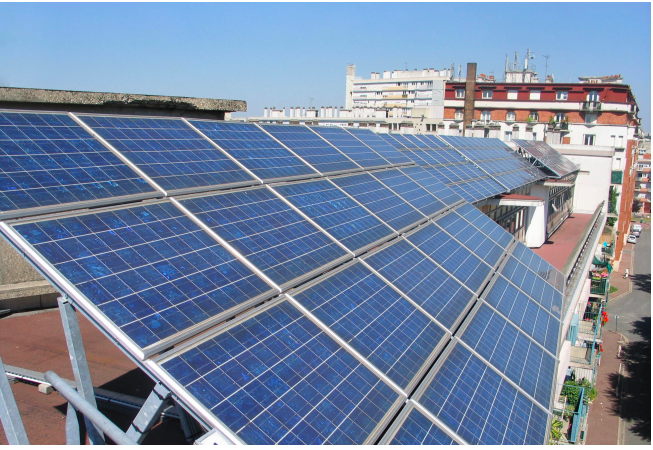Issue Brief
Demystifying India Rooftop Solar Policies
A State-level Analysis
Tanushree Garg, Rishabh Jain, Neeraj Kuldeep
November 2019 | Energy Transitions
Suggested citation: Jain, Saloni, Tanushree Garg, Rishabh Jain, and Neeraj Kuldeep. 2019. Demystifying rooftop solar policies in India: A state-level analysis. New Delhi: Council on Energy Environment and Water.
Overview
This policy brief aims to bridge the asymmetries in information on the modalities of installing a grid-connected rooftop solar (RTS) system or a small solar power plant in Indian states. It provides an easy-to-use guide for consumers, developers, and investors in the RTS sector. It shares macro insights on state policies and provides comparisons between states on key parameters for installing RTS systems.
In accordance with the Electricity Act, 2003, every state in India has come up with a net metering policy or a rooftop solar policy. Despite the policy effort, there are many asymmetries in information which have resulted in poor uptake of grid-connected RTS.

Key Findings
- The allowed limit of the system size lies between 1 kW and 1 MW for most states. The minimum and maximum size is limited to 1 kW and 1 MW by 20 and 22 states respectively.
- Most states limit system capacity to 100 per cent of the sanctioned load, while a few restrict it to below 100 percent
- For the integration of the generated solar power into the grid, almost half of the states allow connectivity up to 50 per cent of the transformer capacity for grid integration on a first-come-first-serve basis.
- For consumers with single-phase low tension (LT) connections, most states allow connectivity up to 5 kW, while for three phase LT consumers, most states allow up to 100 kW.
- 11 states mandate that the export of electricity to the grid should not exceed the capacity consumed. In these states, there will be no compensation for the surplus power generated by the RTS system
- States have different types of billing arrangements and compensate consumers at different rates for the surplus generation. Most states compensate consumers at the average power purchase cost (APPC) rate for the surplus electricity injected into the grid
For the integration of the generated solar power into the grid, almost half of the states allow connectivity up to 50 per cent of the transformer capacity for grid integration on a first-come-first-serve basis.







